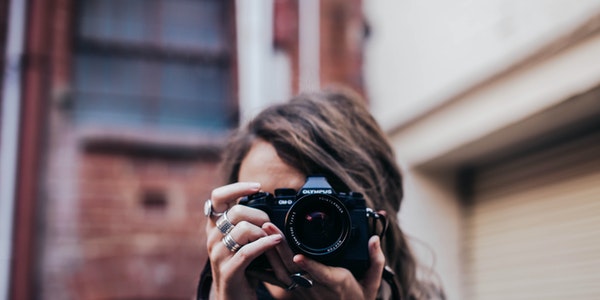Practitioners in the photography and video industry know that TLCI is used to evaluate the color reproduction ability of a light source. The color rendering index Ra is a common vocabulary in the lighting industry, so what is CRI? What is TLCI evaluation system? Ledsfilm tells you what these parameters mean.
Table of Contents
What is CRI
CRI, or “color rendering index”, refers to a measure of the degree of color matching when an object is illuminated by this light source and when it is illuminated by a standard light source, that is, the degree of color fidelity. The color rendering index of the “standard light source” is 100, and the color rendering index is represented by Ra. The greater the value of Ra, the better the color rendering of the light source.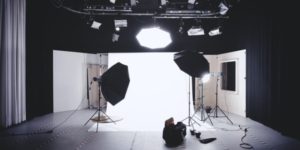
What is TLCI
TLCI, a standard recommended by the European Broadcasting Union (EBU). Used to evaluate the quality of the color performance of TV and movie lighting. A value from 0 to 100 is used to indicate the degree of color reproduction of the light source in the TV lighting environment. The higher the value, the higher the degree of reproduction and the better the color rendering effect.
TLCI standard test is somewhat similar to CRI, which is determined by a color contrast icon showing the comparison result. TLCI has 24 test color blocks, and the test results are based on the color performance of each standard contrast color block from the output screen of the TV camera under the illumination of a standard light source. This color performance refers to the color performance that can be seen on a standard Class 1 HD TV monitor.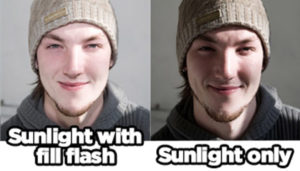
The test results of ledsfilm fill light TLCI data show that in addition to the color patch diagram, the test results also contain the content of the spectral energy distribution diagram. The TLCI test result of ledsfilm fill light source is 99, and the correlated color temperature (CCT) is 5700K.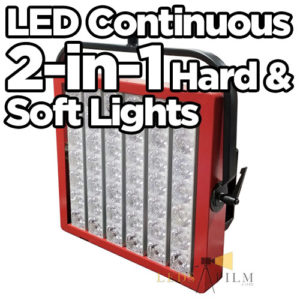
Through the above analysis, it can be seen that the TLCI value of ledsfilm fill light is 99, which has reached the TLCI standard index. ledsfilm is committed to providing higher-end products and services for the photographic supplementary lighting industry. In the future development process, we always adhere to the corporate mission of high-quality, cost-effective, diversified, and technologically advanced photographic equipment products. Strive to provide suitable light sources for the majority of photography enthusiasts and film and television workers.
Color temperature range
Color temperature is a unit of measurement that expresses the color components contained in light. Theoretically, a black body is heated. After heating, the black body gradually turns from black to red, turns yellow, white, and finally emits blue light. When heated to a certain temperature, the spectral component of the light emitted by the black body is called the color temperature at this temperature.
At present, the color temperature range of LED photography fill lights on the market is generally 3000K-5700K. ledsfilm has achieved a breakthrough in the “color temperature range” technology, increasing the minimum/high value of the color temperature range to 1800K-7000K, giving the photography light a broader range Usage scenarios.
How to improve the clarity of photos
One aspect usually related to photographic quality is sharpness. Clarity is what we can clearly and intuitively see in the photo. The subject of photography is usually the sharpest object among all the elements (shallow depth of field), unless we enter multiple elements when shooting with a large perspective. In these cases, we try to make most elements appear sharp (a lot of depth of field).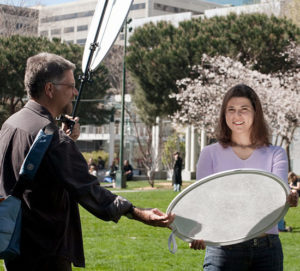
In order to make the photo clearer, we must consider a series of factors, such as the quality of the lens to be taken. However, in addition to having the best lens, there are other aspects to consider, which will help us achieve higher definition.
Focus on our subject
Autofocus sometimes does not work properly, even if we think we have focused the subject correctly. One sure way is to use live view. Zooming allows us to perfectly check whether there is an object in focus. If not, we can focus manually.
When focusing, you must also consider the depth of field used. If we use a very open aperture and recompose the shot, we may lose focus. For this, we can use a focus, which is on the object we want to focus on.
Use a tripod to increase stability
When we use a tripod, the photo should look clearer. One exception is that when the weather is unfavorable, the sharpness of the photo may be higher or lower depending on the tripod. By definition, the tripod must be very heavy to have higher stability, so any gust of wind will not move the camera. However, we tend to buy lightweight tripods, so they can incur less carrying costs for us, but this also means a higher shaking ratio.
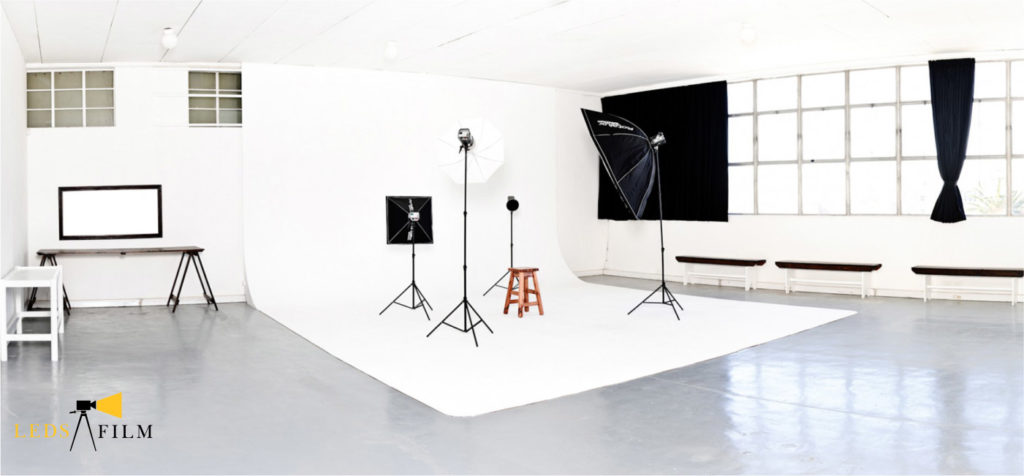
If you do not use a tripod, you must consider the shutter speed. Very slow speeds may shake the photo. The rule of thumb is not to shoot at a speed lower than the focal length used. In other words, if we use a 40mm lens to shoot, please don’t be less than 1 / 40s. If we are shooting at a distance of 200mm, please do not at a speed less than 1/200s. If the lens has an image stabilizer, then we may slow down.
If you use a tripod, it is recommended to configure a mirror on the SLR camera to enhance the effect. Obviously, this option is not available in CSC. By lifting the mirror, we can ensure that the mechanical movement itself does not shake the photo.
It does not make sense to use a tripod and rearview mirror without using the release cable, because pressing the camera’s shutter button will invalidate all the above precautions. Another option is to set the 2-second timer that cameras usually have.
Find the best location for the target
The lens has a certain quality, but the lens itself has the so-called “best point”, which can provide the highest quality. This can be achieved by setting a specific diaphragm. Usually the most suitable aperture for the lens is f/8 or f/11, depending on the pixel requirements of the subject of each different perspective photography scene.
Hyperfocal distance keeps everything in focus
Using super focus is another way to make most elements in a photo clear. This is a very easy to use technique and very useful, especially in low light conditions. In many cases, the diaphragm is usually closed at f/22, because this way we will get the maximum depth of field possible, but this is not the case. The first thing is that once we overcome the diaphragm that provides the highest quality, we will lose clarity. The second thing is that there is no need to close the aperture too much in order to achieve the maximum depth of field. This is the purpose of hyperfocal distance.
Photographic equipment
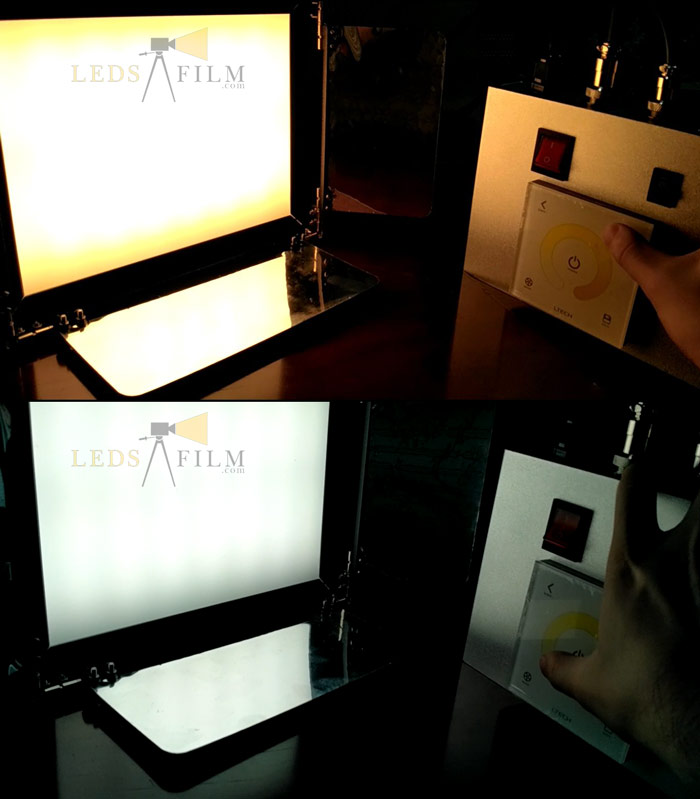
Fill light, also called auxiliary light, as the name suggests, its role is to supplement the lighting of the subject.
For photography, the most important thing is light and shadow! If a photograph has no light and shadow, it has no soul. Therefore, in order to take a good picture, the photographer often puts on several lights. The Ledsfilm photographic fill light is recommended here, with great performance, dual color temperature, stepless dimming, and flexible lighting when shooting. The official data CRI is 95Ra, TLCI is 99, which is suitable for product shooting, character fill light, food shooting, product close-up, film/video shooting, etc.
Focus when exporting photos
Finally, the last step we can take to improve clarity is on the computer. You must know that if we change the size of each image file, we must focus on it. The file generated by the camera has a high resolution, so we usually adjust its size.
